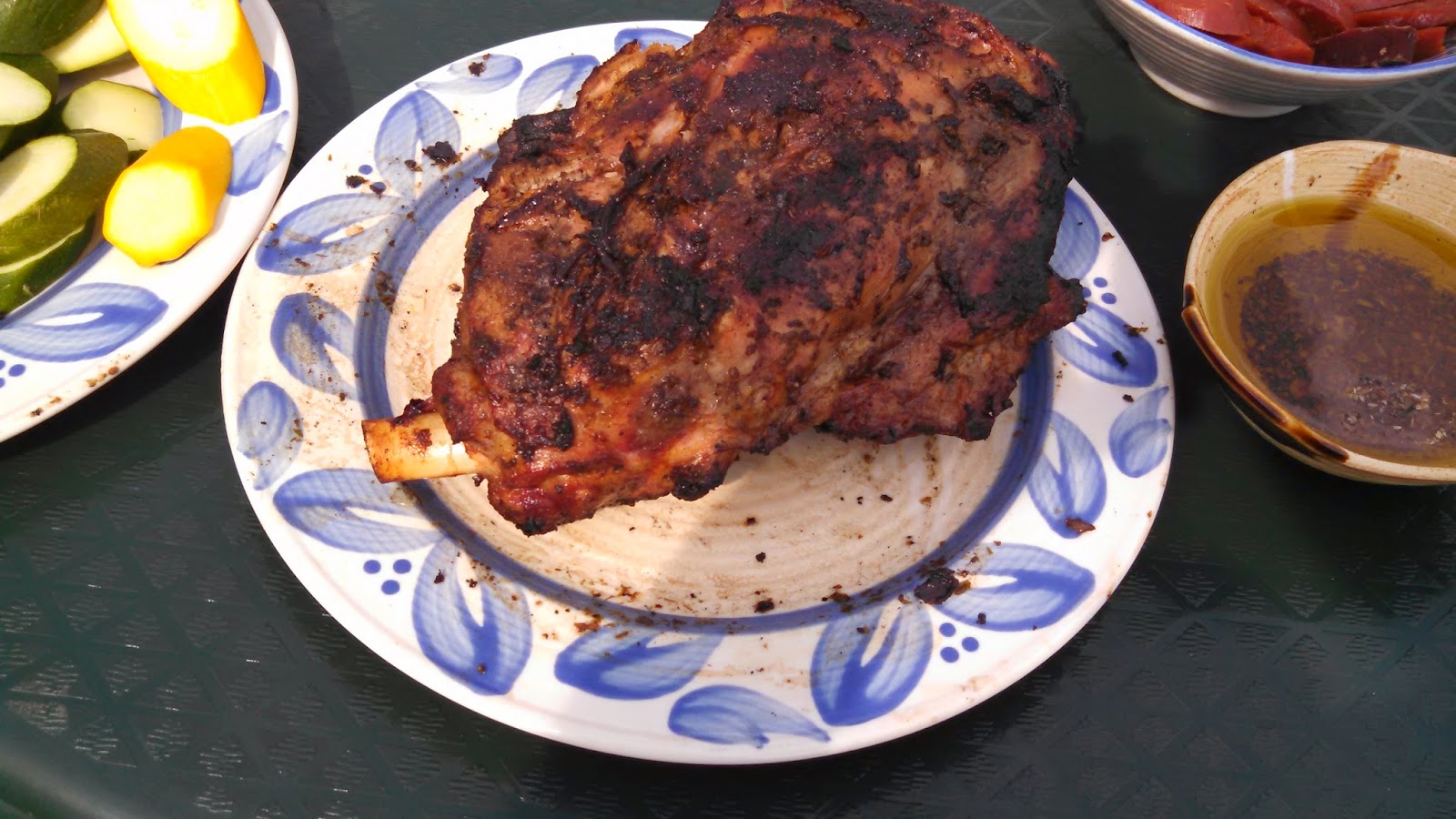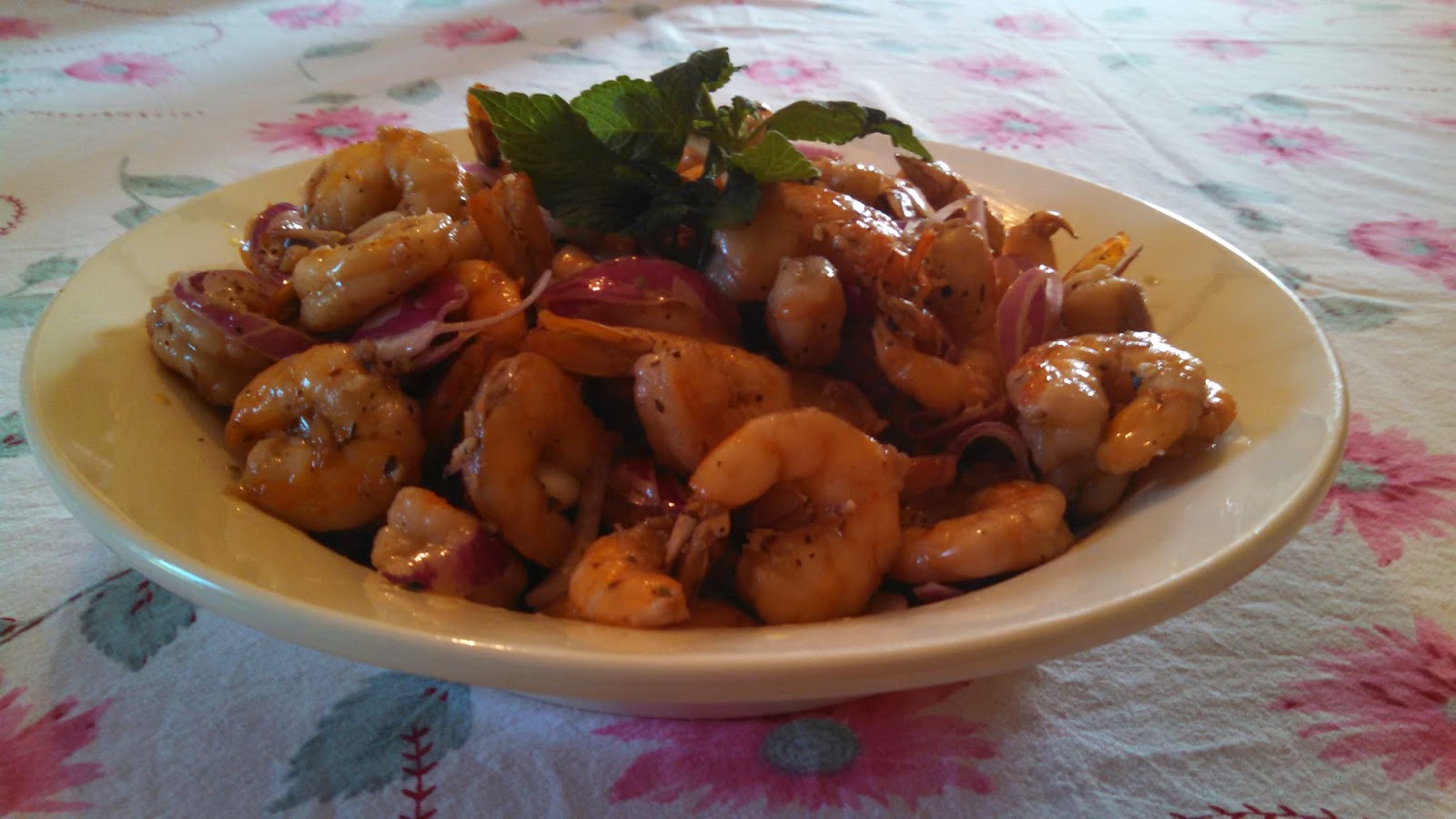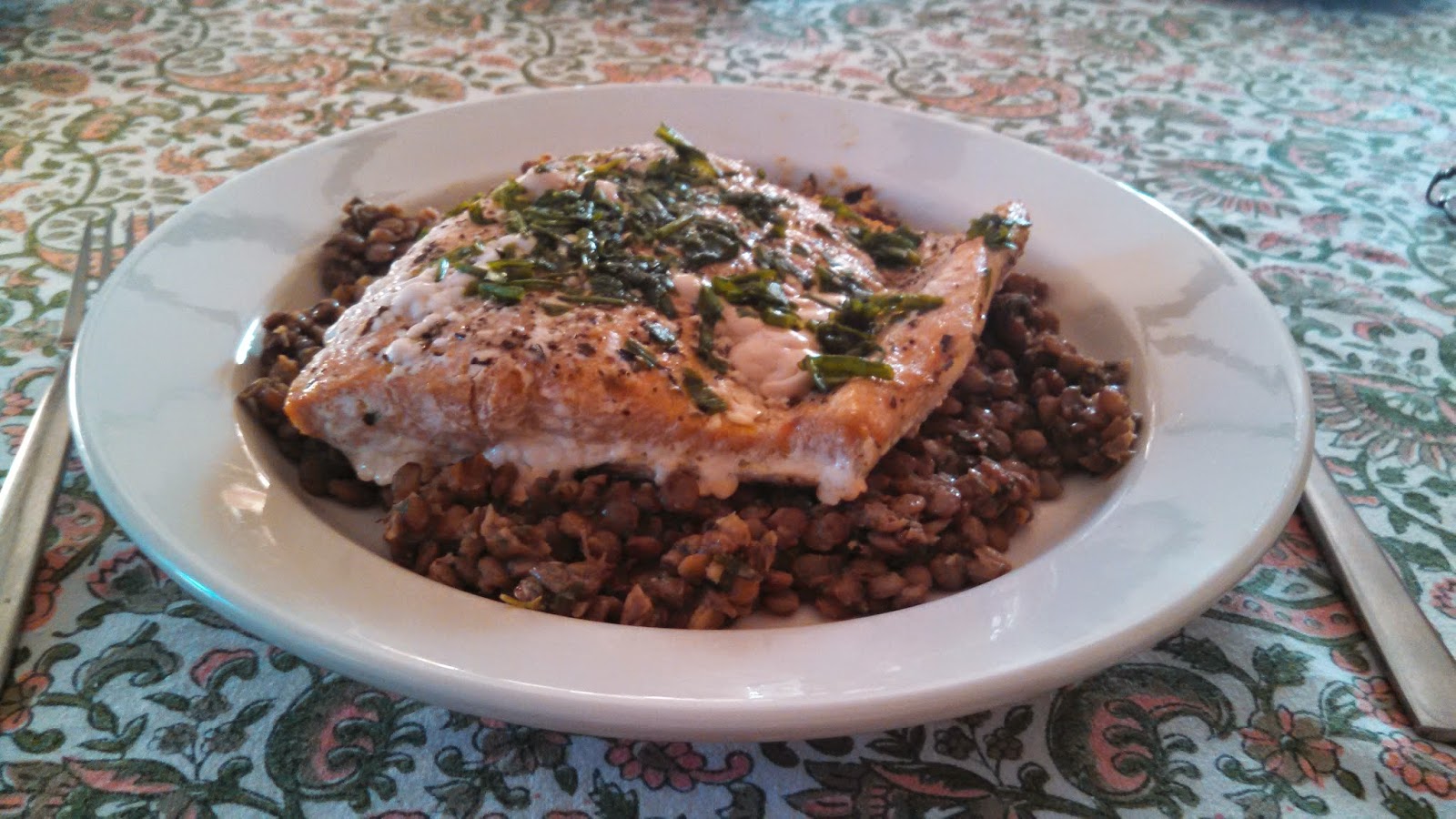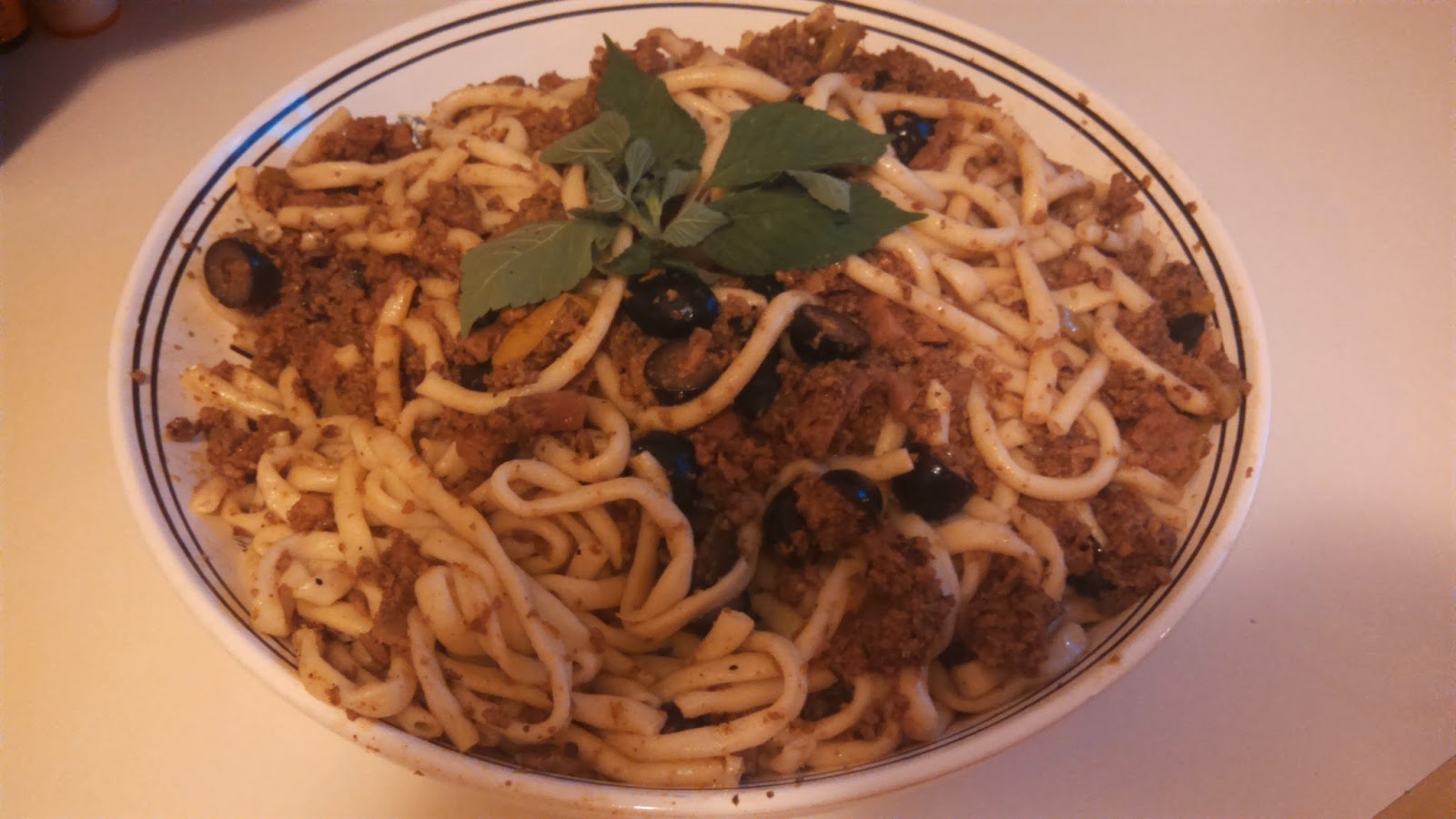Due to my beloved wife’s influence, we have been eating a lot of grains lately. Nutritionists will tell you that a diet in whole grains is beneficial to good health and well being. When I was growing up back on the block, the only grain we were familiar with was rice, which is endemic to Puerto Rican cuisine both as an entrée or side dish. The only other grain we had was oats, which we ate for breakfast in the form of oatmeal. Now, since we are more aware, I’ve discovered what I call super-grains. In the next three blog postings I will discuss three of these.
We start with one of the oldest grains around—barley. In this case, pearl barley. That is, barley where the bran (the fibrous outer hull) has been removed, mainly because this makes it cook faster, and is nuttier in taste than hulled barley. I’ve come to love pearl barley, and not only as a side dish. Barley is one of the oldest cultivated grains. There are biblical references to it in Deuteronomy (8:8) where it is one of the crops that is abundant in the Land of Canaan promised to Moses by God. In Ancient Rome it was a main food for gladiators, so much so that they became known as “barley eaters.” It is also a fermentabel component for making beer. In fact, barley beer was one of the first alcoholic beverages developed by humans. Add to that, barley is high in protein, vitamins (such as niacin, riboflavin, and vitamin C) and minerals like calcium and iron.
The recipe below ties pearl barley with a favorite in Nuyorican cooking, picadillo (pronounced “pee-cah-dee-yoh”). I’ve tweaked the recipe by adding heavy cream to the sauce for a richer consistency.
PEARL BARLEY WITH PICADILLO
1 1/2 cups pearl barley
3 1/4 cups water or chicken broth
3 tablespoons olive oil
1 pound ground beef, pork, turnkey or chicken
1 medium onion. peeled and sliced into rings
2 cloves garlic, peeled and finely minced
1/2 cup tomato sauce
Salt and freshly ground black pepper to taste
2 teaspoons sofrito (see note below*)
1/2 cup heavy cream
1. Place barley, water or broth in a heavy saucepan. Bring to a boil, lower heat and simmer, covered, for 1 1/4 hours.
2. While barley is cooking, prepare the picadillo: heat olive in a large skillet or saucepan. Add beef and cook on high heat until meat loses its red color.
3. Add onion and saute over medium heat until onion is transparent and meat is brown (about 3 minutes). Add garlic and cook for 2 minutes more.
4. Add tomato sauce, oregano, salt, pepper, and sofrito. Stir to combine, cover and simmer for 10 minutes.
5. Stir in heavy cream, cover, and cook 2 minutes more. Traditionally, picadillo is served over the grain, or you can serve it on the side.
Yield: 4 servings.
*Note: Sofrito is a seasoning which is described in my cookbook, Puerto Rican Cuisine in America. If you don’t have sofrito, you can substitute 1 packet sasón accent, or 1 teaspoon turmeric.









